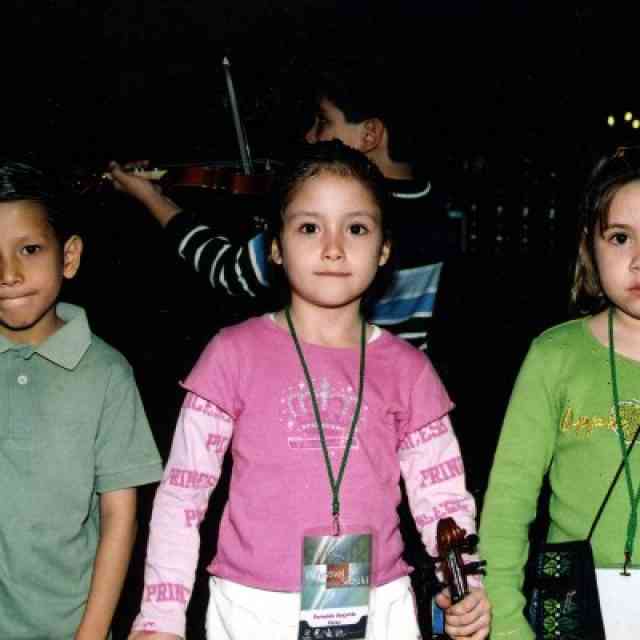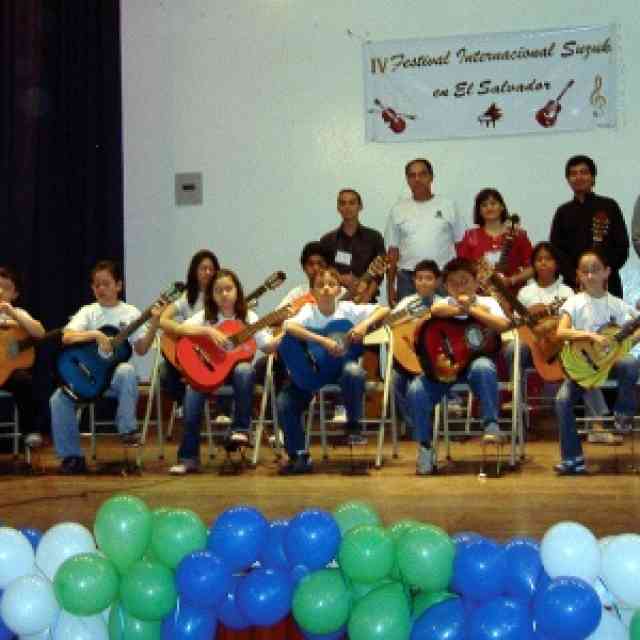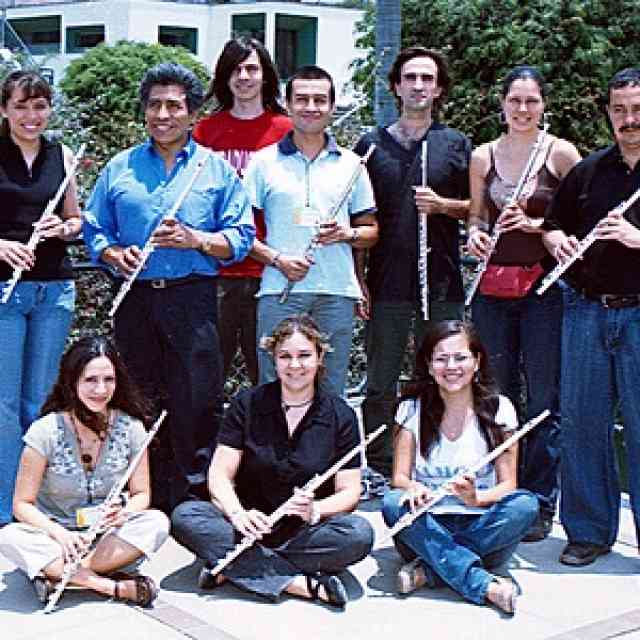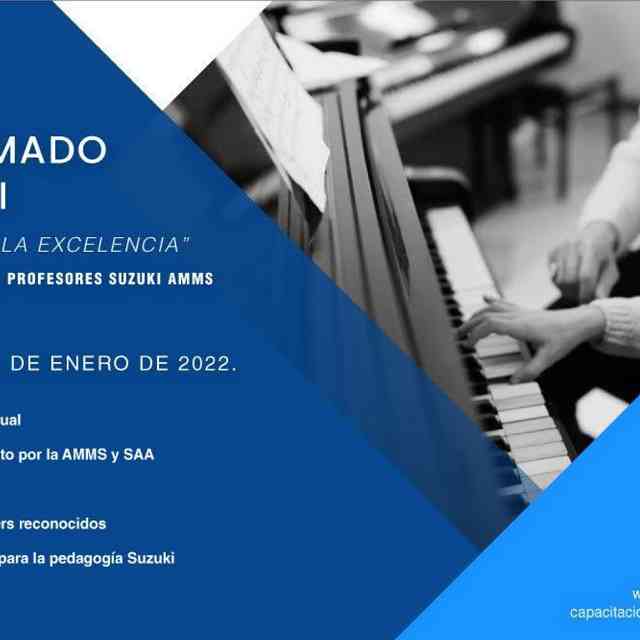My first experience in Peru was teaching at the XXII International Suzuki Festival in Lima. Two of the three courses I taught while I was there were pedagogy units in violin. Each unit was followed by a 10-hour Teaching Strategies session that was included as part of the unit course. Therefore, the five-day unit course became seven days long.
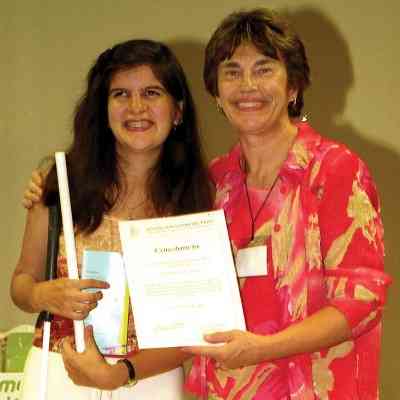
Nancy and Cecilia.
The Teaching Strategies courses were offered during both sessions of the Festival and on all instruments. When teachers registered for the unit course, they were automatically in the Teaching Strategies course. In these Teaching Strategies sessions, also known by some as the Practicum, participants were given the opportunity to demonstrate and apply their knowledge through their teaching.
A total of 89 teachers took part in the Teaching Strategies component of the teacher training program this year. It was also possible to register for the Teaching Strategies session as a separate enrichment course. A local coordinator was assigned to each Teacher Trainer and arranged for the children to come for lessons. The Teacher Trainers were Caroline Fraser, Carey Hockett, Doris Koppelman, Nancy Lokken, Marilyn O’Boyle, Fernando Piñero, MaryLou Roberts, Mary Halverson Waldo and Kelly Williamson. The Trainer decided on the format of their course, using the following guidelines:
- The focus of the class is the participants’ teaching.
- Topics will grow out of the participants’ needs.
- Participants should become familiar with the SAA pedagogy descriptors.
- Guided discussions should include the Teacher Trainer’s defining the teaching point to be improved.
In addition to the individual teaching, the class participants also taught a group lesson, comprised of all the students that had been taught individually. One of the most rewarding experiences for me was to sit back and observe the class participants work together in small groups and plan their teaching strategies for the group lessons. They did so with ease and enjoyment. I was amazed at their creativity, ability to relate to the children, and simply the fun they had relating to the students. Everyone had a good time: participants, students and their parents. The children also received a certificate from the Suzuki Association of Peru for their participation. They were so proud to receive this acknowledgment.
Caroline Fraser relates that her piano Teaching Strategies course began with an opening discussion, which included becoming acquainted with the pedagogy descriptors. With only five participants, each person in her class gave at least two lessons, and there was a notable improvement on the second day of teaching. Each lesson was about 20 minutes, followed by a 15-minute discussion. Caroline and Doris offered joint afternoon sessions on teaching group classes. One piano teacher brought in her own “difficult” student as she wanted help in how to teach her. Actually the student was not “difficult” at all; the teacher had misunderstood a fundamental step. She had thought she had understood the terminology, but the meaning only became clear in the practice.
At the end of the Teaching Strategies session, there was a unanimous request from the class that Teaching Strategies should become a week-long course next year. Ceci Pinto from Lima, described her experience like this:
“The main thing is the teacher really helps you learn how to teach. When I started to teach just a short while ago, I saw myself faced with a lot of knowledge of how to teach, but I had no idea how to apply it. Now I know that teaching is a great art and you only learn how to teach by teaching.”
I found my classes of teachers so eager to learn, and I was energized by their enthusiasm and commitment to the Suzuki philosophy. I left Peru knowing I had made many new friends in our global Suzuki community.

